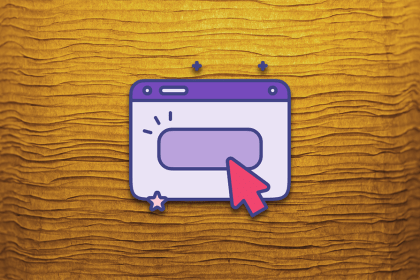
Have you used a product so intuitive you can use it with both eyes closed? This is the power of affordance in UX design.
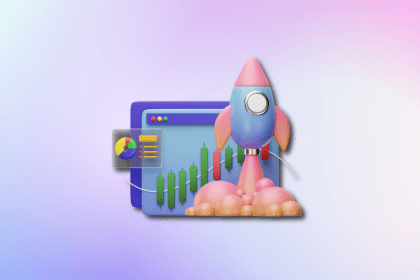
When it comes to UX design, the terms ‘archetype’ and ‘persona’ are often used interchangeably, but they serve different purposes. More on that in this blog.
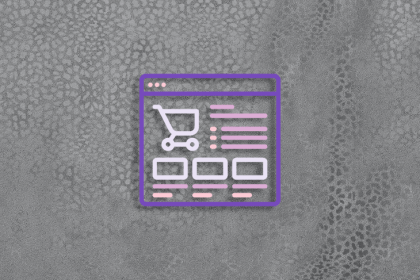
Used correctly, faceted filtering far outweighs any perceived issues around complexity and interaction cost.
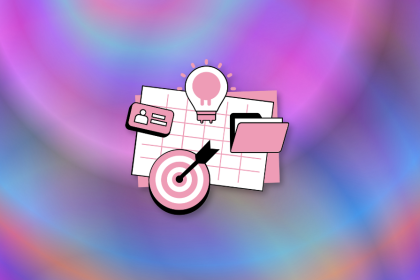
Growing design teams hit roadblocks. DesignOps clears the way. Here’s how to create processes that actually work.
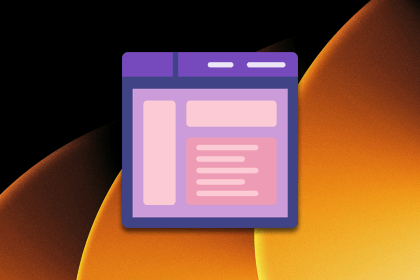
Progressive disclosure is a design technique that involves revealing information gradually based on the user’s needs.
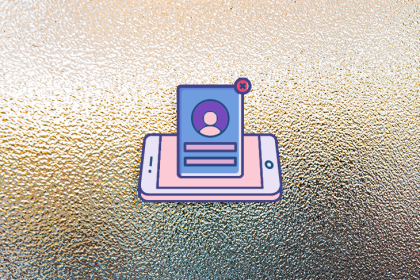
Dive into the world of mobile UX design and explore the best practices, common challenges, and examples of apps that are doing it right.

We love the idea of simplifying everything, but Tesler’s Law says that sometimes, it just isn’t possible. More on that idea in this blog.

Feel like your designs are stuck in a template loop? Here’s how to break free, embrace creative risks, and bring fresh ideas to the table without relying on the obvious.

The login screen can literally make or break a product experience. Here are some best practices you can follow.
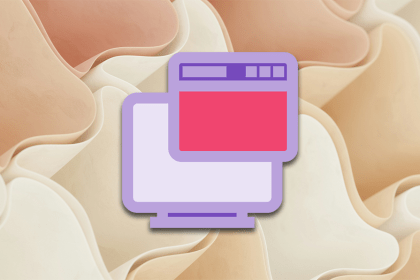
The T-layout makes digital products simpler and easier to use, which helps users browse content smoothly and keeps them on the site longer.
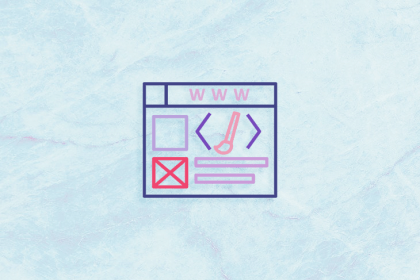
Carousels allow you to display many pieces of content in a single section for easy organization — and they’re easy to develop.
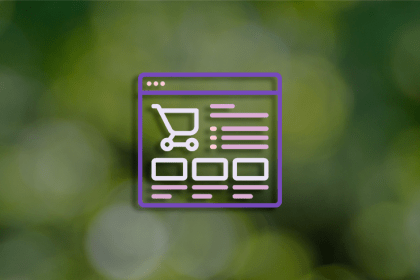
We’ll delve into the pros and cons of pagination and infinite scroll for delivering a satisfying user experience.